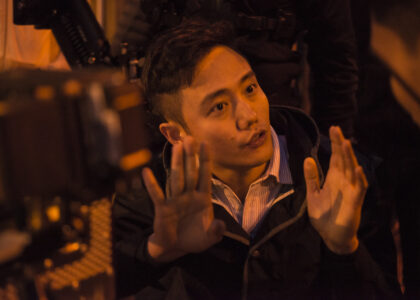The Bell UH-1F Iroquois, more commonly known as the ‘Huey,’ is an iconic symbol of American military aviation history. Originally developed by Bell Helicopter, it was the first turbine-powered helicopter used by the United States military. The UH-1F variant specifically was tailored for the U.S. Air Force, featuring the powerful General Electric T58-GE-3 turboshaft engine, setting it apart from other models.
The Huey first took to the skies on February 20, 1964, marking the beginning of a new era in helicopter design and functionality. This aircraft was initially intended for missile base support, utilizing the airframe of the UH-1B combined with the main rotor system and longer tail boom of the UH-1D, providing a unique blend of agility and power.
One of the most notable uses of the UH-1F was during the Vietnam War, where it played a crucial role in various operations, including troop transport, medical evacuation, and close air support. The helicopter’s versatility and reliability earned it a legendary status, and its distinctive sound became synonymous with the conflict.
A particularly heroic event involving a UH-1F occurred on November 26, 1968, when Captain James Phillip Fleming piloted his Huey to rescue a six-man Special Forces patrol under heavy fire in Vietnam. For his extraordinary bravery and skill, Captain Fleming was awarded the Medal of Honor by President Richard Nixon in 1970, highlighting the critical role the UH-1F played in saving lives during the war.
Over time, the Huey evolved with various modifications and upgrades, maintaining its presence in military service for decades. Even as new models were introduced, the legacy of the UH-1F and its contributions to military operations remain significant. Today, the Huey continues to serve in various capacities around the world, a testament to its enduring design and impact.



